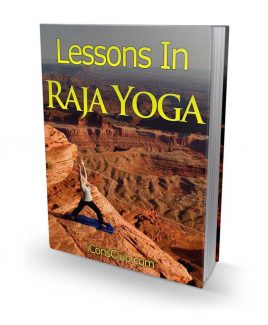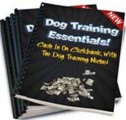
 License Type: Resell Rights
License Type: Resell Rights  File Size: 315,206 KB
File Size: 315,206 KB File Type: ZIP
File Type: ZIP
 SKU: 54326
SKU: 54326  Shipping: Online Download
Shipping: Online Download
Ebook Sample Content Preview:
Exercise I.Begin by taking some familiar object and placing it before you, try to get as many impressions regarding it as is possible for you. Study its shape, its color, its size, and the thousand and one little peculiarities about it that present themselves to your attention. In doing this, reduce the thing to its simplest parts--analyze it as far as is possible--dissect it, mentally, and study its parts in detail. The more simple and small the part to be considered, the more clearly will the impression be received, and the more vividly will it be recalled.
Reduce the thing to the smallest possible proportions, and then examine each portion, and mastering that, then pass on to the next part, and so on, until you have covered the entire field. Then, when you have exhausted the object, take a pencil and paper and put down as nearly as possible all the things or details of the object examined. When you have done this, compare the written description with the object itself, and see how many things you have failed to note.
The next day take up the same object, and after re-examining it, write down the details and you will find that you will have stored away a greater number of impressions regarding it, and, moreover, you will have discovered many new details during your second examination. This exercise strengthens the memory as well as the Attention, for the two are closely connected, the memory depending largely upon the clearness and strength of the impressions received, while the impressions depend upon the amount of attention given to the thing observed. Do not tire yourself with this exercise, for a tired Attention is a poor Attention. Better try it by degrees, increasing the task a little each time you try it. Make a game of it if you like, and you will find it quite interesting to notice the steady but gradual improvement.
It will be interesting to practice this in connection with some friend, varying the exercise by both examining the object, and writing down their impressions, separately, and then comparing results. This adds interest to the task, and you will be surprised to see how rapidly both of you increase in your powers of observation, which powers, of course, result from Attention.
Exercise II._ This exercise is but a variation of the first one. It consists in entering a room, and taking a hasty glance around, and then walking out, and afterward writing down the number of things that you have observed, with a description of each. You will be surprised to observe how many things you have missed at first sight, and how you will improve in observation by a little practice. This exercise, also, may be improved by the assistance of a friend, as related in our last exercise.
It is astonishing how many details one may observe and remember, after a little practice. It is related of Houdin, the French conjurer, that he improved and developed his faculty of Attention and Memory by playing this game with a young relative. They would pass by a shop window, taking a hasty, attentive glance at its contents. Then they would go around the corner and compare notes. At first they could remember only a few prominent articles--that is, their Attention could grasp only a few.
But as they developed by practice, they found that they could observe and remember a vast number of things and objects in the window. And, at last, it is related that Houdin could pass rapidly before any large shop window, bestowing upon it but one hasty glance, and then tell the names of, and closely describe, nearly every object in plain sight in the window. The feat was accomplished by the fact that the cultivated Attention enabled Houdin to fasten upon his mind a vivid mental image of the window and its contents, and then he was able to describe the articles one by one from the picture in his mind.
Houdin taught his son to develop Attention by a simple exercise which may be interesting and of value to you. He would lay down a domino before the boy--a five-four, for example. He would require the boy to tell him the combined number at once, without allowing him to stop to count the spots, one by one. "Nine" the boy would answer after a moment's hesitation.
Then another domino, a three-four, would be added. "That makes sixteen," cried the boy. Two dominoes at a time was the second day's task. The next day, three was the standard. The next day, four, and so on, until the boy was able to handle twelve dominoes--that is to say, give instantaneously the total number of spots on twelve dominoes, after a single glance. This was Attention, in earnest, and shows what practice will do to develop a faculty. The result was shown by the wonderful powers of observation, memory and attention, together with instantaneous mental action, that the boy developed. Not only was he able to add dominoes instantaneously, but he had powers of observation, etc., that seemed little short of miraculous. And yet it is related that he had poor attention, and deficient memory to begin with.
If this seems incredible, let us remember how old whist players note and remember every card in the pack, and can tell whether they have been played or not, and all the circumstances attending upon them. The same is true of chess players, who observe every move and can relate the whole game in detail long after it has been played. And remember, also, how one woman may pass another woman on the street, and without seeming to give her more than a careless glance, may be able to relate in detail every feature of the other woman's apparel, including its color, texture, style of fashioning, probable price of the material, etc., etc.







